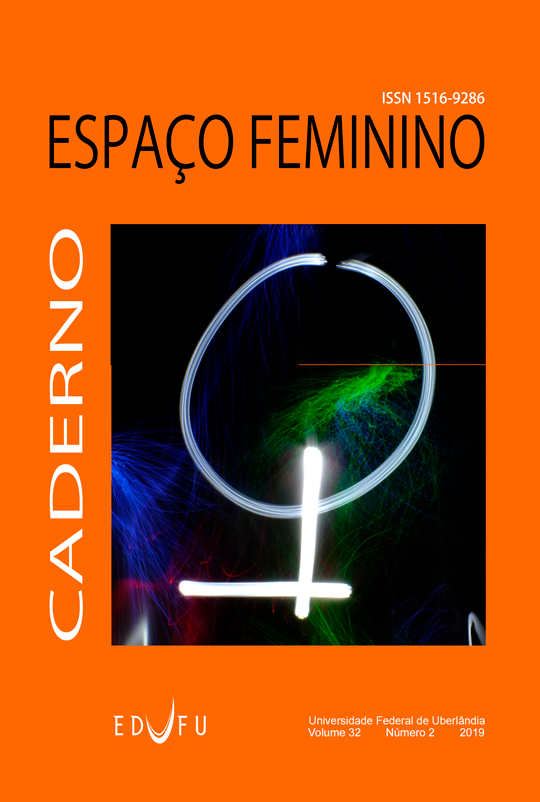Past’s elaboration by writing:
half of a yellow sun, by chimamanda adichie
DOI:
https://doi.org/10.14393/CEF-v32n2-2019-14Abstract
The concept of “historiographic metafiction” was elaborated by Linda Huntcheon, in the book Poética do Pós-Modernismo. História, teoria e ficção (1991). It presents a problematization of history through the past’s representation by plural truths that deny a single and undisputed truth. In the novel Half of a Yellow Sun (2006), by Nigerian writer Chimamanda Ngozi Adichie, It is possible to perceive, in the way It is structured, several perspectives for the same historical event, with the changes of narrative focus. This kind of construction provides the reader with a reflection on the danger of stereotyping by believing in a single story about a particular place, person, or circumstance. This study aims to analyze the voice of a character in this particular novel that develops, throughout the narrative, a need to appropriate the story and build it from your perspective, using writing for that. The analysis of memory is made with the support of Gagnebin’s sutdies (2006) about the historical task of memory conservation by the necessity of writing as a way of elaborating the past.
KEYWORDS: Half of a Yellow Sun. Past’s Elaboration. Memory and Writing.





